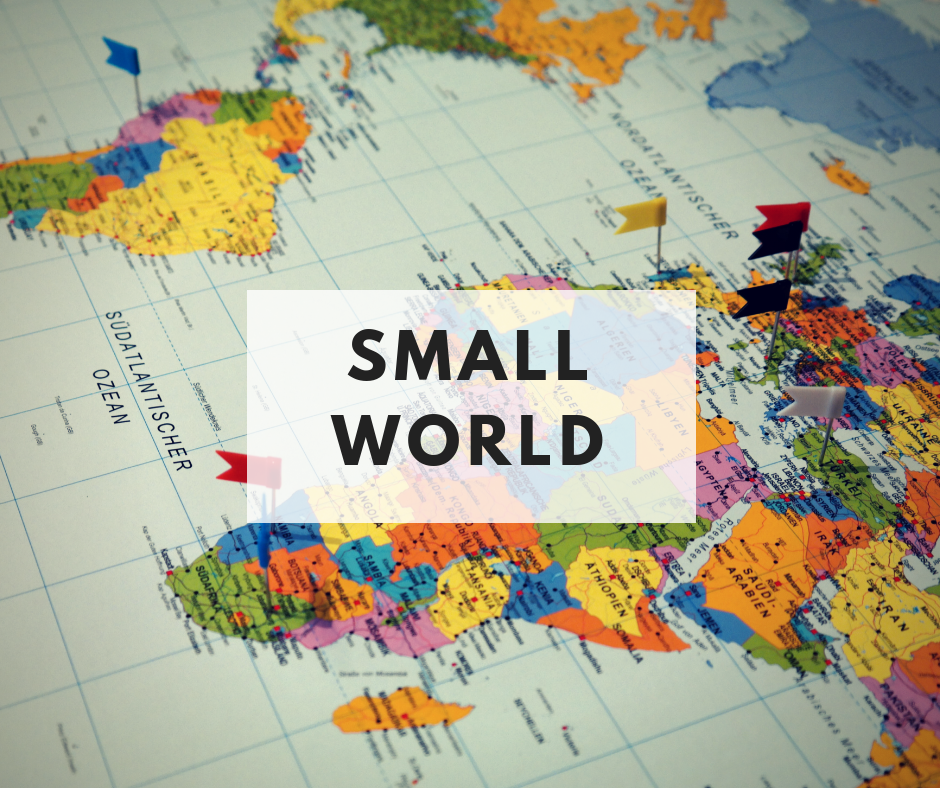There are many days when I have unexpected convergences. Today was one. For the past several months, I’ve been working to jump-start projects associated with accessibility. It started when we surveyed our Designers for Learning network last year about the topics designers were interested in learning more about and accessibility was the #1 topic on the list. I reached out to our network and we assembled a small team of volunteers to help design a course. However, I quickly realized this wouldn’t be an easy task. As illuminated by our wonderful team, there are many ways to consider accessibility that fall along a line from “compliance/regulations/standards” on one end to “universal design” on the other.
About this same time, I reached out to a few other people on a small email chain about how we could revive a project Kristin Anthony had started to build an accessibility “playbook” for designers. Those on that email started tagging others and before long the “reply all’ was going to about a dozen people, including members of AECT’s Design and Development leadership team. They reached out to me to see if there would be something we could do together to support instructional designers in their membership. In a follow-up conversation, we tossed around the idea of putting together a Design Slam at AECT to spur the development of accessibility-related projects. The idea would be to have a few webinars over this spring and summer to frame project ideas and then we’d convene an AECT workshop in the fall to mentor those with project ideas in a 3-hour Design Slam.
As I moved forward pulling together a facilitation team for the AECT workshop proposal, we started bringing on new participants. In talking with the group, one of the workshop facilitators mentioned that we had to involve someone who had presented on an accessibility-related topic at AECT last year. I hadn’t seen the session but I met this person in a brief hallway introduction of the type that happens all the time at the AECT Convention. I offered to reach out, but as it turns out … this person reached out to me. In one of my blog posts this week, I mentioned we were working on this proposal, she read my blog post and contacted me on LinkedIn to see if she could volunteer! Hence the title of this post … small world.
However, I don’t think the reason I’m experiencing these unexpected convergences is that the world I work in is actually small. We live throughout the US from the east to the west coasts, and some of us had never met before this shared interest in accessibility. Rather, everyone I’ve mentioned within this post wants to collaborate and tends to “design in the open”. They make their interests known. They are connected with the field in formal and informal networks. They share their work and their work process. Ultimately, through their open practices, they are findable and they know how to find others. THAT is the ultimate outcome of designing in the open.
